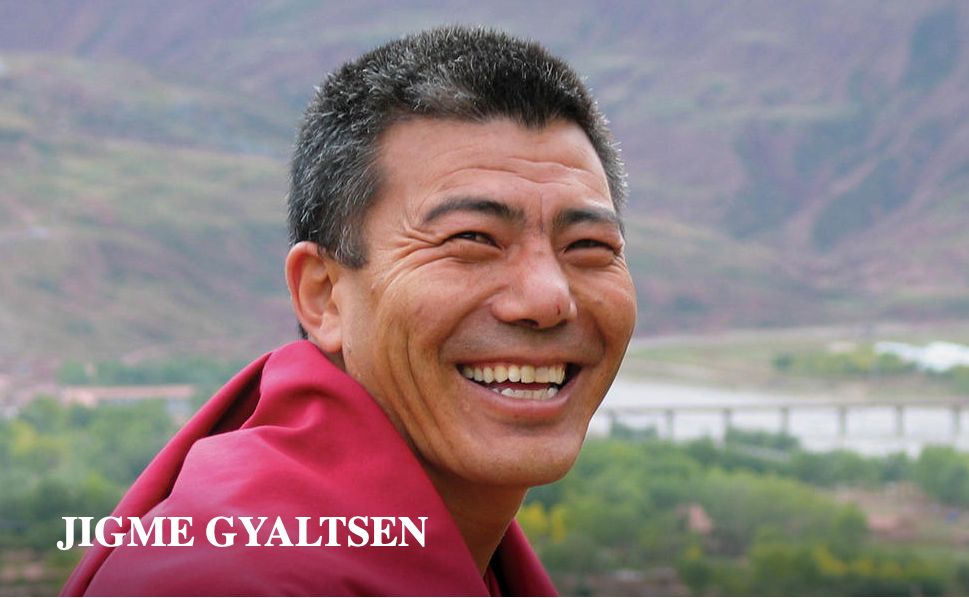November 27, 2024: Gangjong Sherig Norbu Lobling, also known as Jigme Gyaltsen Nationalities Vocational School, was forcibly closed by the Chineses government on July 14, 2024. The school, located in Golok Tibetan Autonomous Prefecture, had been operating independently for 30 years and had developed a reputation as an excellent academic institution.
Jigme Gyaltsen, the founder of the school and a well-known Tibetan educator and social entrepreneur, announced the closure of the school in a post on WeChat on July 14. He wrote:
“The closure of the Jigme Gyaltsen Nationalities Vocational School was not a result of arbitrary actions or external pressures exerted by individuals or organisations. Rather, it was carried out in accordance with the standards set by the central government’s vocational school framework and in accordance with the directives issued by the Qinghai Provincial Party Committee. The high school students are now eligible to enrol in the government-run Golok school, while the names of the middle school students are registered there. The faculty and staff members can also continue their employment at the government-run Golok school as per their contracts.”
However, all content from Jigme Gyaltsen’s WeChat was removed and deleted shortly after his post on the closure of the school.
Jigme Gyaltsen Nationalities Vocational School was considered one of the best Tibetan-language schools in the greater Tibetan region. Several external funders including the Trace Foundation supported the school.
On November 26, 2024, a former staff of the school shared his thoughts and what the school meant for the students and the Tibetan community. He equated the closure of the school to “black snow” falling over the Qinghai-Tibetan Plateau and “extinguishing a beacon for the Tibetan people.” Here are some excerpts:
School adhered to the principle of “education for all without discrimination.” Each year, the school enrolls about 200 students; sometimes, even the principal’s relatives have to wait in line for three years before being admitted. Priority was given to orphans, dropouts, overage youth, and young monks from poor rural and nomadic families. The school even accepted Mongolian, Han, and other ethnic students and tulkus from various regions.
The school accommodated more than 1,000 students, ranging in age from 6 to 42, with about one-third being monks. Students came from farming and herding regions across Qinghai, Tibet, Sichuan, Gansu, Inner Mongolia, and beyond.
The school “combined the traditional monastic education system with the modern school system to create a unique integrated model that admitted both monks and lay students of all ages.
For More:
Tibetan Center for Human Rights and Democracy
The Perseverance of an Independent Tibetan School: The 30-Year Journey of Jigme Gyaltsen Ethnic Vocational School


